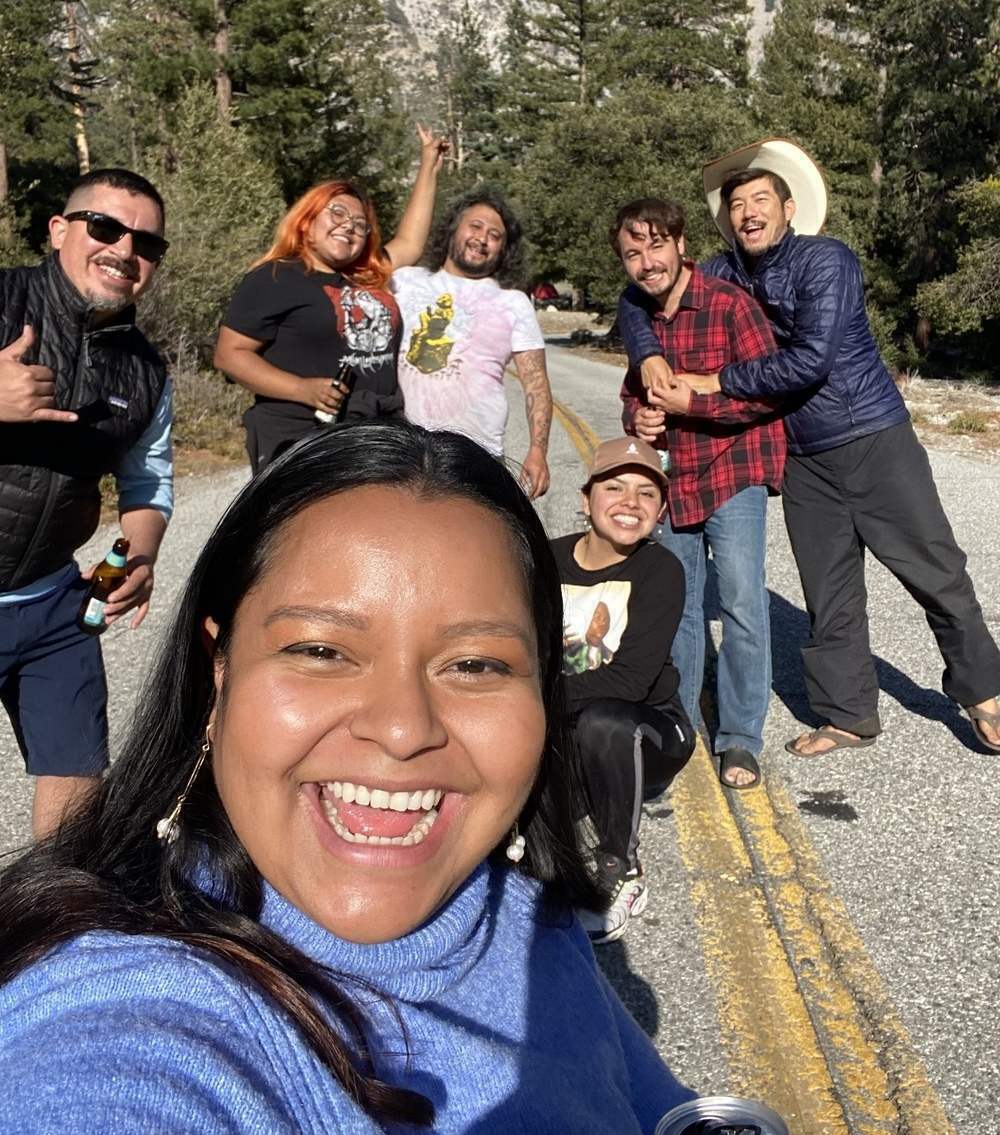Since the pandemic, spending time outdoors has become increasingly sought out by existing and new participants. The latest report published by the Outdoor Industry Association highlights “the outdoor recreation participant base grew to total nearly 55% of the U.S. population ages 6 and older” (Outdoor Industry Association, 2023). Nonetheless, BIPOC communities continue to be underrepresented in these spaces as statistics from the U.S. Forest Service and National Park Service denote, “70% of people who visit national forests and national parks are white,” (Humphrey, 2020). Not only are these communities being excluded from outdoor adventures and recreation but are also being excluded from reaping the benefits of simply spending time in nature – both physically and mentally.

Wendy Cox
In working alongside BIPOC communities, environmental organizations have quickly realized that these communities were never disconnected nor lacked interest, as commonly presumed, but instead faced barriers which prevented them from accessing outdoor spaces. Some of these include: time and cost, proximity, informational resources, accessibility, and an overall lack of inclusion. In combatting these issues organizations such as Outdoors Empowered Network, Trust for Public Lands, The Wilderness Society, and Nature for All are actively developing projects and programs to get every person outside. A notable effort includes the San Gabriel Mountains Community Collaborative “Transit to Trails,” a project in collaboration with the U.S. Forest Service, Nature for All, The Wilderness Society, and the NFF. The project aims to develop transit stops within urban southern California to shuttle routes going to the mountains. Using socioeconomic metrics, the collaborative found that a quarter of a million of L.A.’s population live in what they consider “severely disadvantaged” blocks yet live within a mile of a metro rail station. Through this initiative they will now have access to the San Gabriel Mountains. Other impactful projects include establishing gear libraries, greening schoolyards for kids with no immediate access to nature, translating trailheads, and simply redefining what it means to "be outside."

Kimberly Orbe
Redefining what it means to spend time outside can be the key to fostering a sense of inclusion. To be outside does not always mean summiting every 14er in the nation or camping at every National Park whilst wearing your favorite “melly." It can also mean visiting an ancestral site or hosting a carne asada at your neighborhood park. Whatever it means to "be outside" should be defined by the community or the individual. Ultimately, having access to green spaces should not be a matter of social class nor race but a matter of inherent right. If we cannot bring every individual to a National Forest, then perhaps bringing the National Forest to a schoolyard is the next step.
Miriam Olvera is a 2023 Conservation Connect Fellow pursuing a master's degree at Western Colorado University in business administration with a focus on the outdoor industry .

